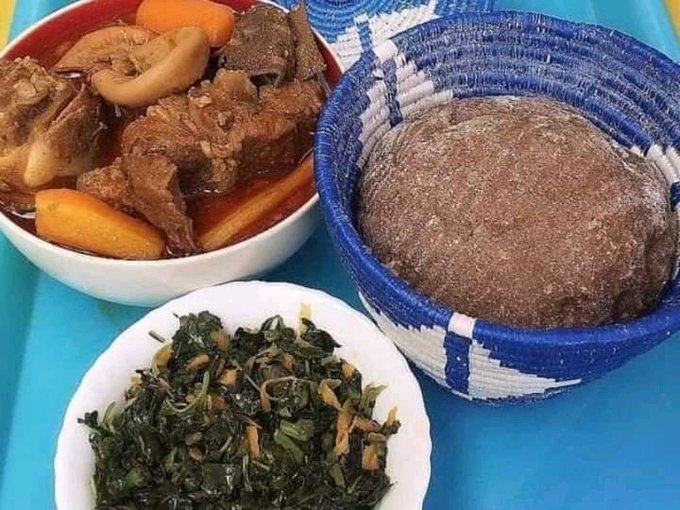
The traditions of Bunyoro
The traditions of Bunyoro
Relations
A village was run by an elected leader chosen by the eldersw in the village. The village leader was known as “mukuru womugongo”. All families were led and run by the eldest man of the family who had a title “Nyineka”.
As long as one could afford polygamy, it was traditionally accepted and normal among the Banyoro. It however caused many marriages not to last as divorce was also a common thing among them. Since there was fear a marriage may not work out, traditional exchange that is meant to be taken to the girl’s family when marrying her was not normally paid immediately, but rather after many years of marriage. Premarital sex was very common among the people of Bunyoro.
Birth
Babies were given names a few months after birth. Giving of the name was done by the close relatives and the father of the child had the final word regarding his child’s name. The baby was given two names; a personal name and a traditional name known as Empaako. It was common that relatives considered specific features on the baby, important or special situations during the birth of the child or probably to honor a former family member when choosing which name to give the baby. That’s why most of their names are Runyoro words and can be translated as a sentence or statement.
Death
Among the Banyoro, death was brought by the work of evil magic, ghosts and related stuff. It was believed that gossiping magically affected or harmed people. The deceased was attended to by the oldest woman of the household whereby she cleaned the body, cut the hair and beard and closed his/her eyes. They would leave the body for people to view while weeping though men were not allowed to weep.
If the departed was the head of the household, different grains (known as Ensigosigo) were put in his hand and his children were allowed to pick a small part of the grain and eat it. This act was done to pass on the magical powers to the children.
One or two days later, the body of the deceased would be wrapped in cloth and thereafter a number of rites would follow. Only when it was the head of the family who had died, the following rites would be done;
- The nephew must take down the central pole of the hut and throw it in the middle of the compound
- The nephew also took the bow and the eating bowl of the dead and threw it with the pole
- The fireplace in the hut would be extinguished
- A banana plant from the family plantation and a pot of water was added to the pile
- The family rooster would be caught and killed
- The main bull of the cattle of this family would be castrated to prevent it from mating during the mourning
- Four days after mourning, the bull would be killed and eaten and that would mark the end of the mourning
- No one would be allowed to use the house of the dead, it would be kept unused
Pregnant women were not allowed to participate in the funeral because they believed that the negative magical forces related to burial would be too strong and could affect the unborn baby which could possibly lead to its death.
In case the person died while still holding any grudge or unfinished business with another person or family, they would fill his/her mouth and anus with clay to prevent the ghost from visiting.
Burying of the dead was not done during the day as it was believed that it was dangerous if the sun shines into the grave. Only women and children were allowed to weep, but when it came to taking the body to the grave, these women were required to moderate their weeping because it was prohibited to do it at the grave. After burial, family members would cut some of their hair and it would be put in the grave. Whoever participated in the burial would also thoroughly wash themselves after the burial because they believed that the negative magical forces could harm crops.
